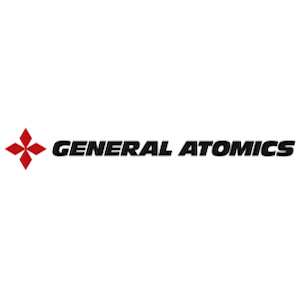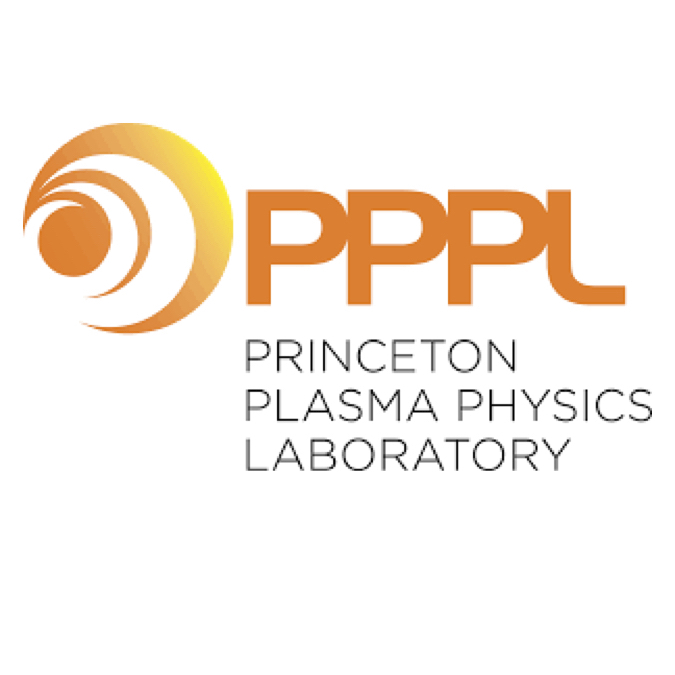Nonlinear Burn Control in ITER Using Adaptive Allocation of Actuators with Uncertain Dynamics
V. Graber and E. Schuster
Nuclear Fusion 62 (2022) 026016 (18pp).
|
Abstract
|

|
ITER will be the first tokamak to sustain a fusion-producing, or burning,
plasma. If the plasma temperature were to inadvertently rise in this
burning regime, the positive correlation between temperature and the
fusion reaction rate would establish a destabilizing positive feedback
loop. Careful regulation of the plasma’s temperature and density, or
burn control, is required to prevent these potentially reactor-damaging
thermal excursions, neutralize disturbances and improve performance. In
this work, a Lyapunov-based burn controller is designed using a full
zero-dimensional nonlinear model. An adaptive estimator manages destabilizing
uncertainties in the plasma confinement properties and the particle
recycling conditions (caused by plasma–wall interactions). The controller
regulates the plasma density with requests for deuterium and tritium
particle injections. In ITER-like plasmas, the fusion-born alpha particles
will primarily heat the plasma electrons, resulting in different electron
and ion temperatures in the core. By considering separate response models
for the electron and ion energies, the proposed controller can independently
regulate the electron and ion temperatures by requesting that different
amounts of auxiliary power be delivered to the electrons and ions. These
two commands for a specific control effort (electron and ion heating)
are sent to an actuator allocation module that optimally maps them to
the heating actuators available to ITER: an electron cyclotron heating
system (20 MW), an ion cyclotron heating system (20 MW), and two neutral
beam injectors (16.5 MW each). Two different actuator allocators are
presented in this work. The first actuator allocator finds the optimal
mapping by solving a convex quadratic program that includes actuator
saturation and rate limits. It is nonadaptive and assumes that the mapping
between the commanded control efforts and the allocated actuators (i.e.
the effector model) contains no uncertainties. The second actuator
allocation module has an adaptive estimator to handle uncertainties in
the effector model. This uncertainty includes actuator efficiencies,
the fractions of neutral beam heating that are deposited into the plasma
electrons and ions, and the tritium concentration of the fueling pellets.
Furthermore, the adaptive allocator considers actuator dynamics (actuation lag)
that contain uncertainty. This adaptive allocation algorithm is more
computationally efficient than the aforementioned nonadaptive allocator
because it is computed using dynamic update laws so that finding the
solution to a static optimization problem is not required at every time
step. A simulation study assesses the performance of the proposed adaptive
burn controller augmented with each of the actuator allocation modules.








